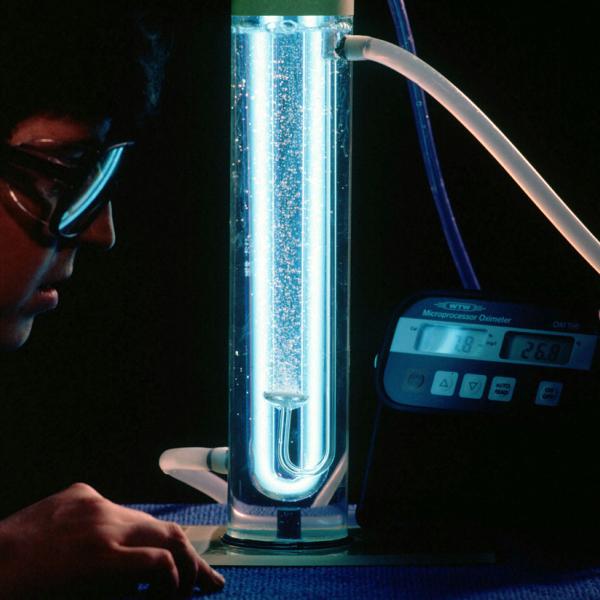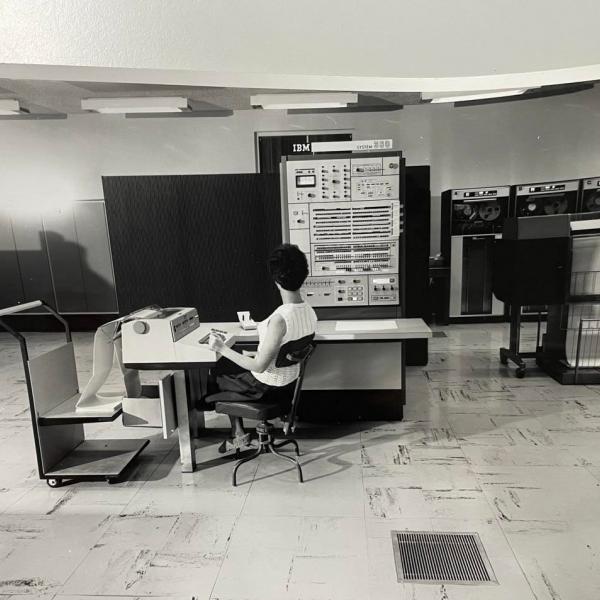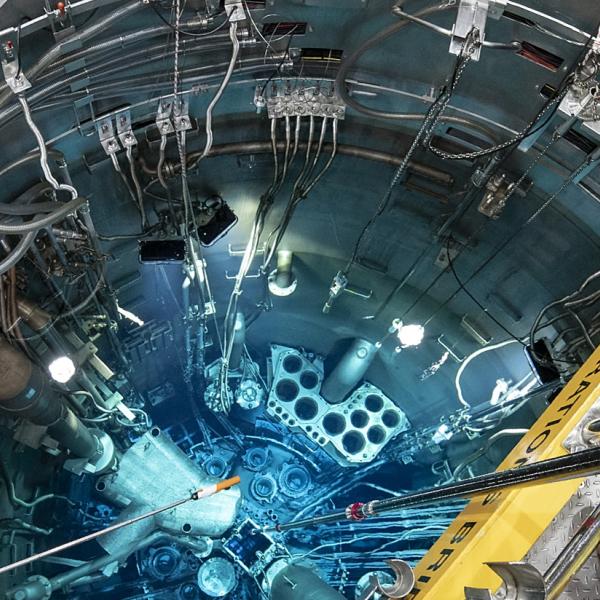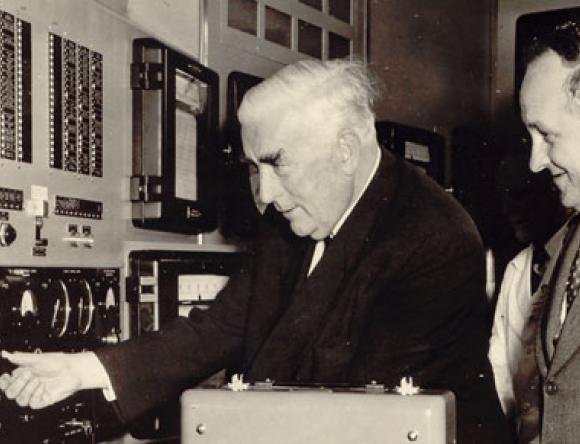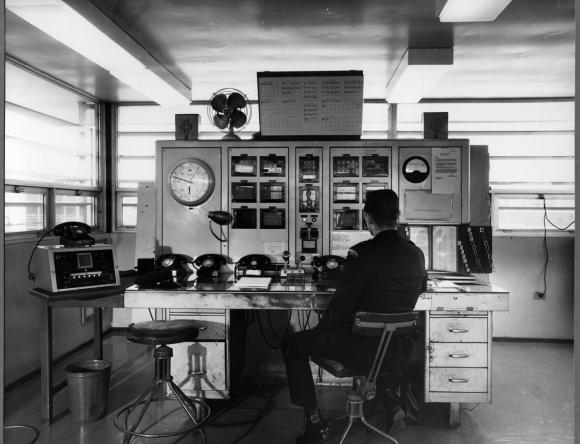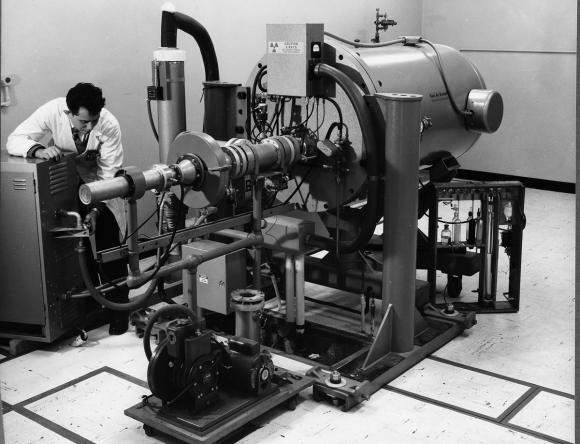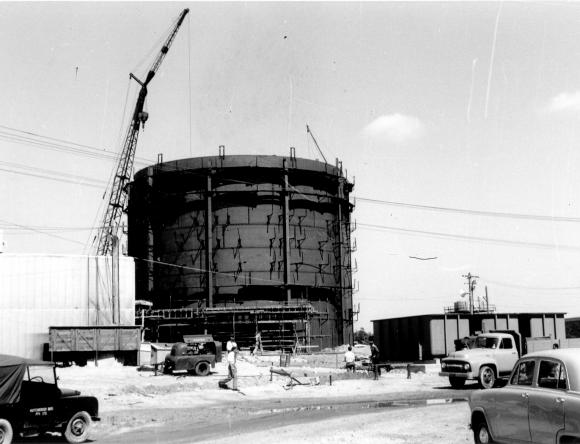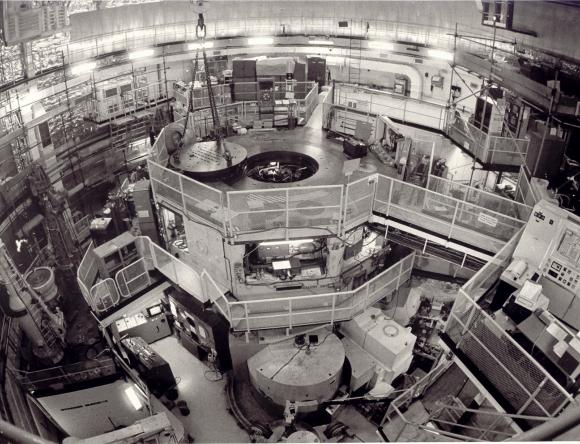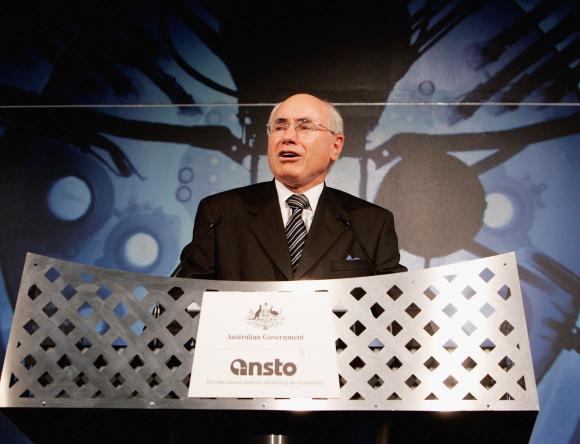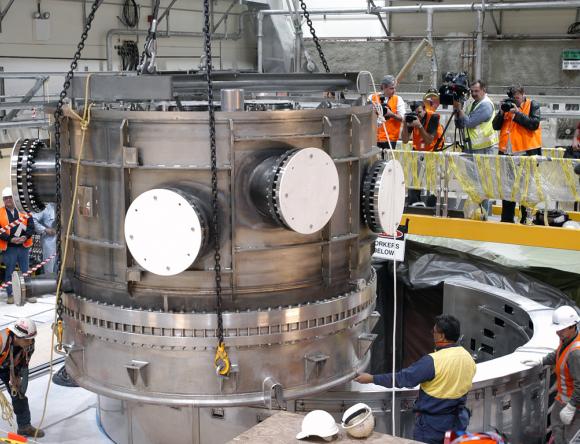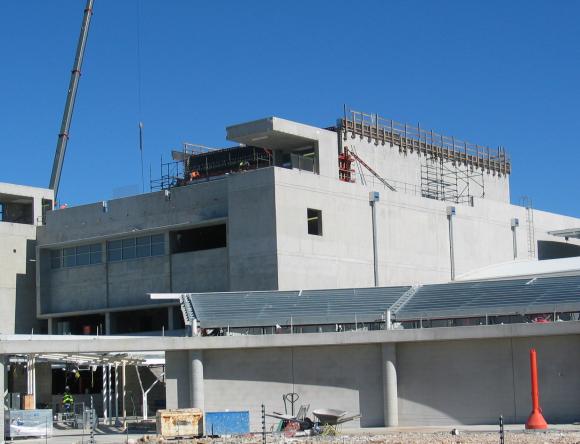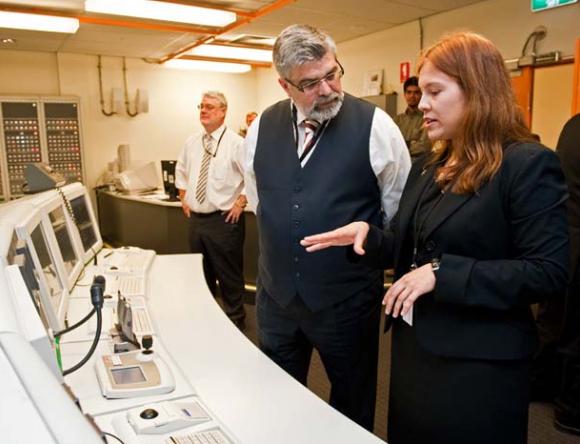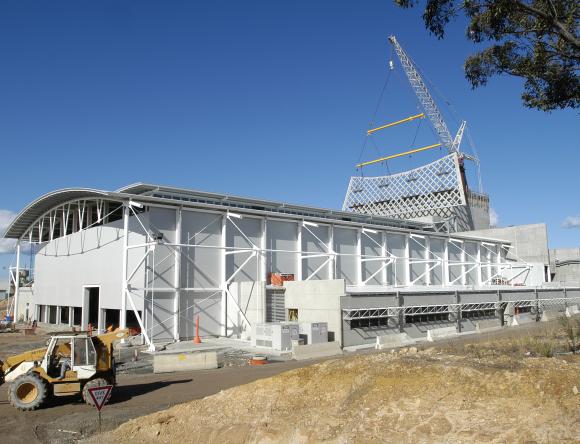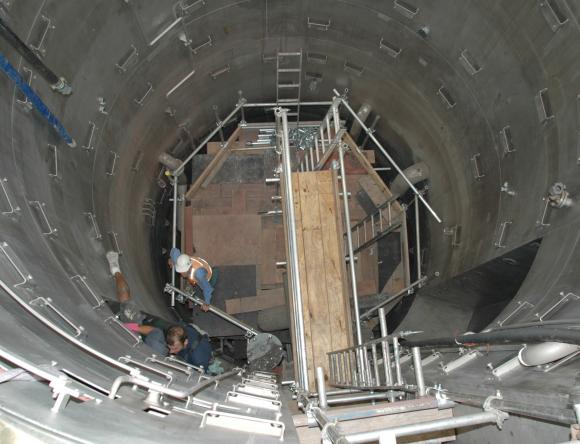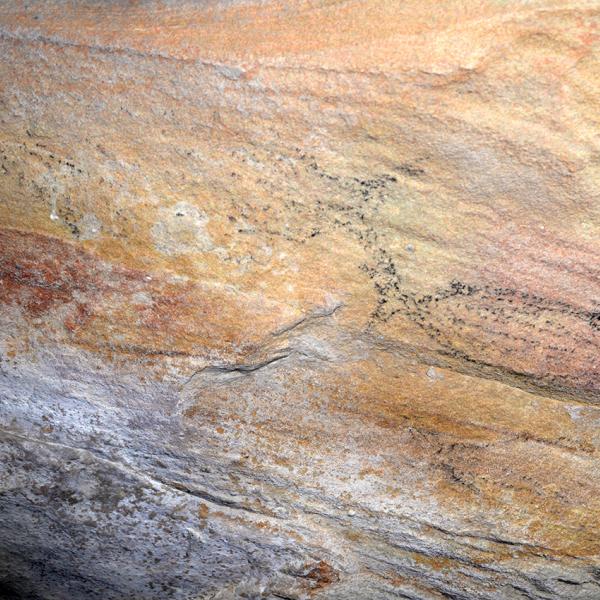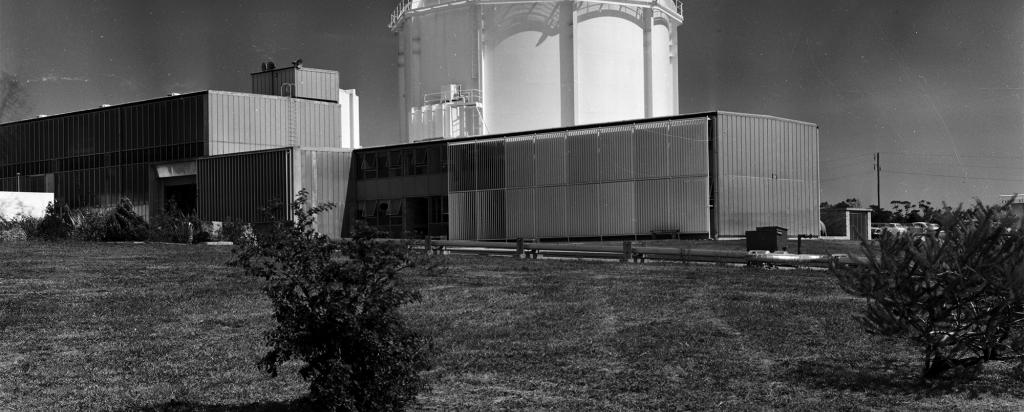
Our History
In April 15 1953, Australia entered the nuclear science arena, when the Atomic Energy Act came into effect. The Australian Atomic Energy Commission (AAEC) followed and in 1987 the AAEC evolved into the Australian Nuclear Science and Technology Organisation (ANSTO) as it’s known today.
More than 70 years of nuclear expertise
Join us in celebrating Australia's nuclear expertise developed through ANSTO and learn about our journey to become one of the world's most sophisticated nuclear nations.
More about ANSTO
70 years of scientific excellence has brought significant benefits to Australia
Meet some of the women from the history of ANSTO who were pioneers in their time
Australia is home to one of the world’s best nuclear reactors
Pagination
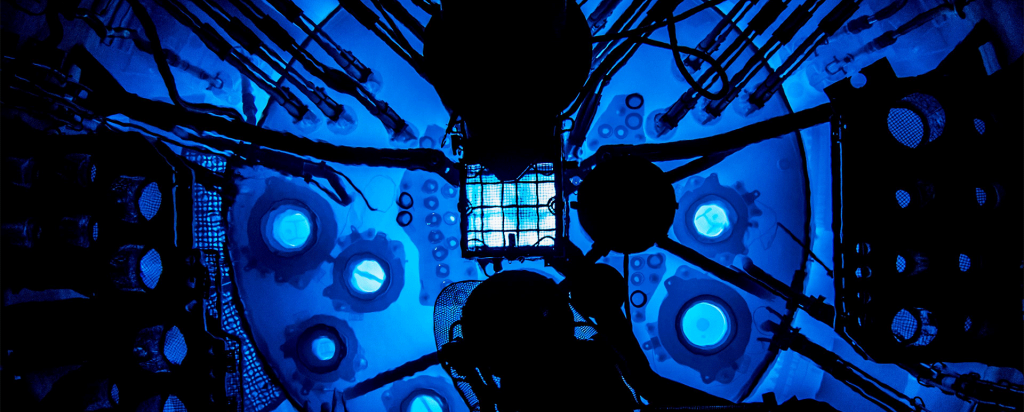
Over 70 years of nuclear expertise
Take a look at some of the achievements that have shaped where ANSTO is today.
View the timelineANSTO’s First Research Reactor: HIFAR
HIFAR was Australia's first national research reactor. It was central to the research that occurred at ANSTO and it operated safely and reliably for almost 50 years. The reactor was in operation between 1958 and 2007, when it was superseded by OPAL - the Open Pool Australian lightwater reactor.
The purpose of HIFAR was to produce neutrons for the production of nuclear medicine and for scientific use. Neutrons are subatomic particles found in the nucleus of all atoms. HIFAR produced neutrons through the process of fission, the splitting of a large atom uranium, into two smaller ones; and one or more neutrons. Fission occurs when a heavy nucleus absorbs a neutron and splits. Some of the neutrons given off in the process of fission, after slowing down (losing energy), are used to keep the fission chain reaction going.
Moata
Moata was one of ANSTO’s first reactors and operated successfully for 34 years until 1995. It was a small 100 kW research reactor and was initially used for research and training and later included activation analysis and neutron radiography. Moata also played an important role in aircraft safety.
Commercially, Moata was used for approximately 15 percent of all procedures world-wide involving radiography to check the structural soundness of jet engine turbine blades. The reactor was also an important tool for Australia’s uranium mining industry, providing rapid and accurate measurements of ore. Moata was dismantled in 2009. Moata is an Aboriginal name meaning "gentle-fire" or "fire-stick".
